Take Action
Playgrounds are safe places for exploration and play. These 6 steps can keep children safe:
1. Always supervise children when they play.
Adult supervision is essential to playground safety and requires more than just being present.
Positive supervision involves paying attention to hazardous situations, supporting and guiding play, responding to emergencies, and managing a healthy play environment.
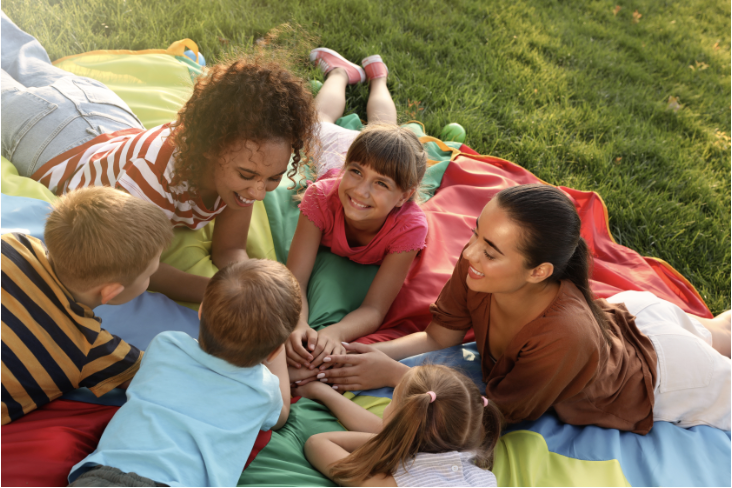
2. Remove Potential Entanglement Hazards
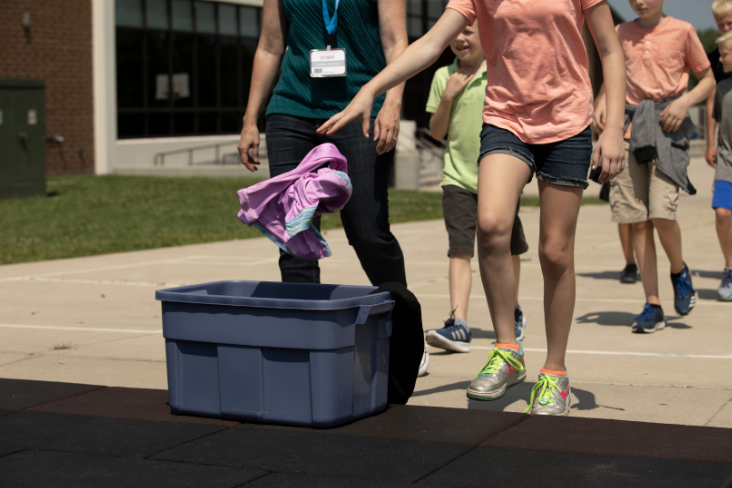
Most playground-related deaths are the result of strangulation, remove bike helmets and strings from children’s clothing. Also, ensure equipment is secured at both ends to prevent entanglement.
3. Children should go down slides on their own.
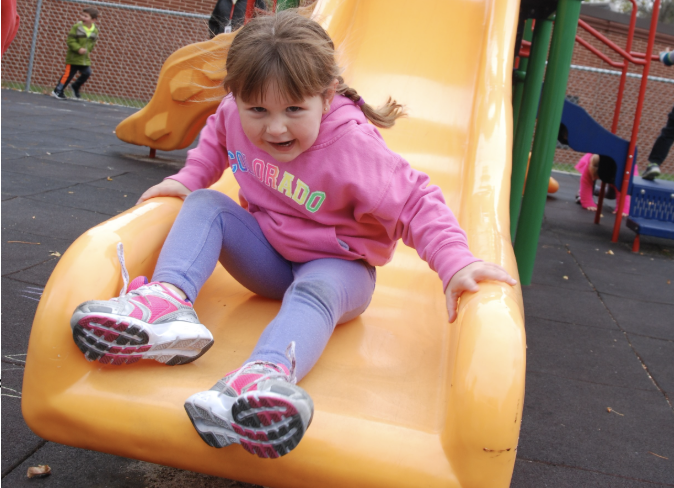
Many playground injuries, especially fractures, are caused when an adult holds a child on their lap. We recommend adults never hold children on one's lap when going down the slide.
4. Children should only play on equipment that has proper surfacing material installed under and around the equipment.
Nearly 70 percent of all playground injuries are related to children falling. Acceptable surfaces are either loose-fill or unitary. Loose fill surfacing materials include certified wood products, shredded rubber, sand, and pea gravel. Unitary surfaces include poured-in-place rubber, rubber mats or rubber tiles. Playground equipment should never be installed over concrete, asphalt, grass, blacktop, or packed dirt, as they do not provide cushion to protect a child.
5. Ensure the equipment is safe.
Make sure playground equipment is in good working order — anchored safely in the ground, closed S-hooks, flush bolts, hidden footings, and free of rust, splinters, and missing parts.
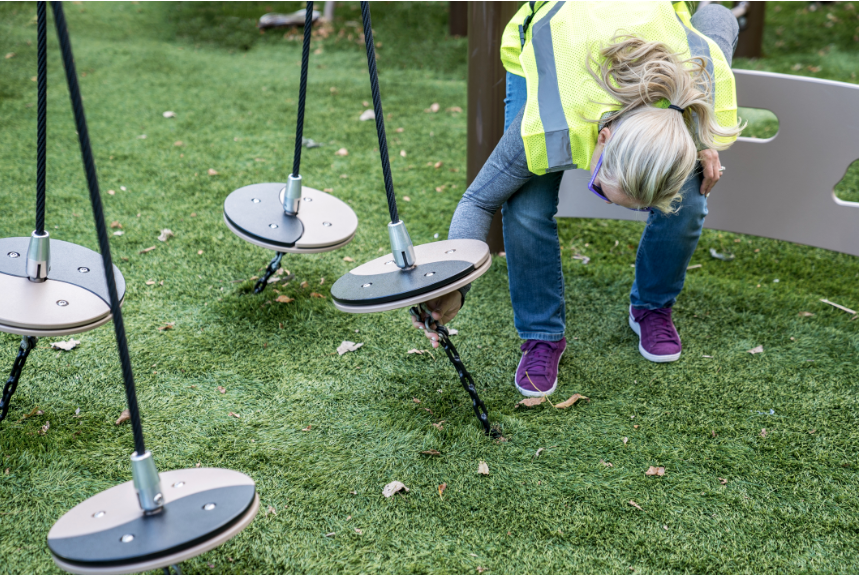
6. Remove Animal Swings from Playgrounds
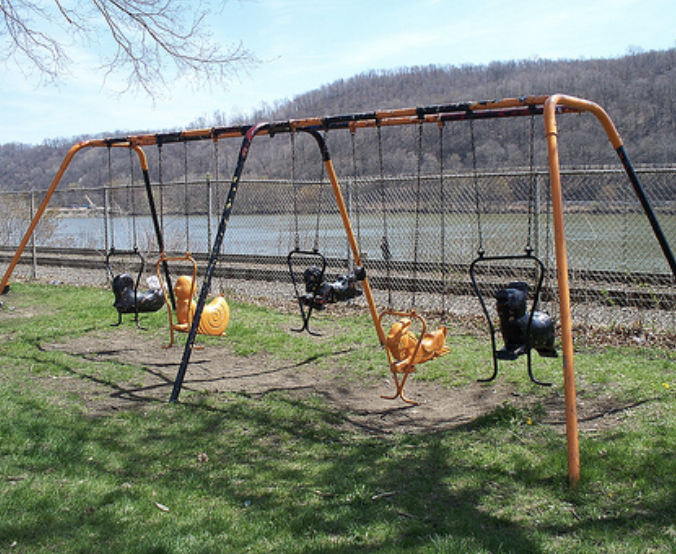
In 1995, the Consumer Product Safety Commission recalled heavy molded animal swings.

The National Program for Playground Safety Kid Checker program helps children understand the importance of playground safety, empowering them to check...
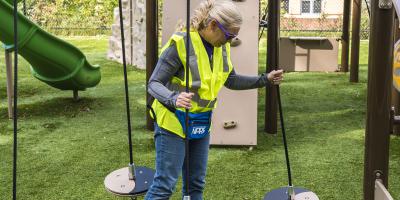
The National Program for Playground Safety developed an easy-to-use Playground Report Card to evaluate the safety of your community’s playgrounds. Bas...
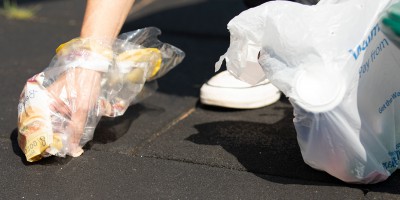
National Program for Playground Safety Inspectors have earned certification by successfully completing a rigorous 12-hour playground inspector course....

